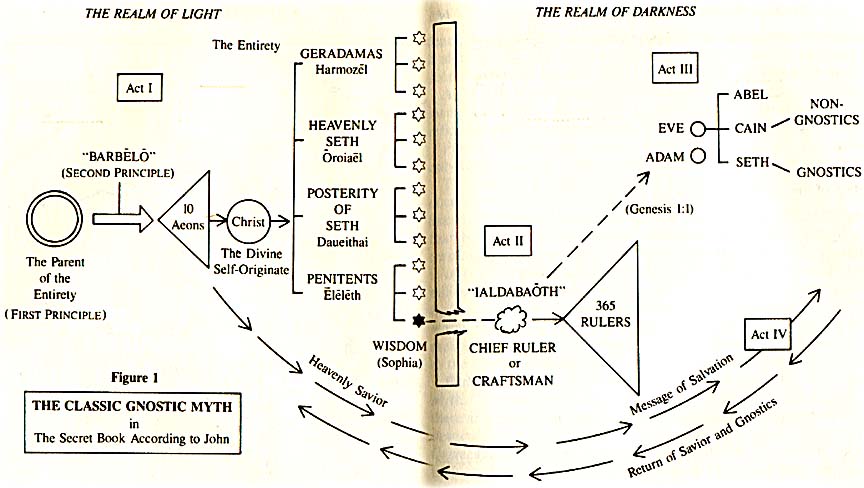
|
|
|
|
|
|
|
|
Marcion of Pontus
Marcion was the son of the Bishop of Sinope. The practices at the Church of Sinope were orthodox (right thinking) though Marcion would become known as a major heretic (not right thinking). Some of the orthodox features in Sinope included a baptism including consignation, anointing oil, milk, and honey. The prayed facing the east, and sand psalms and hymns composed by Christians. They had a calander calculating the date of Easter, and a hierarchy of bishops, deacons, presbyters, lectors, and deaconesses.
Marcionites cut the canon to just the Gospel of Luke, and the Episltles of Paul. Most noteworthy, Marcion rejected the Old Testament, claiming that the God of the Old Testament could not be the same God of the New Testament due to two seemingly distinct natures. the Old God being more cruel, and vengeful, the New being a God of love.
The Marcionite Churches were powerful in Mesopotamia, and paved the way for Manichaeism (Marrou, 97-98).
Valentinus
The teachings of Valentinus are difficult to come by because most of our sources come from his desciples. We do know however, that Valentinus is likely the mind behind Sethian Gnosis. The essential elements of Sethian Gnosis follow:
"The absolute transcendence of the invisible father and his thought (ennoia), the generation of the pleroma of aeons to the number of thirty, the last being Sophia; a quest of the Father by Sophia; this desire becomes the principle of the terrestial world, wehre spiritual elements are imprisoned; the sending of the Lord who brings the Gnosis, thanks to who the spiritual are saved" (Marrou, 99).
This is the Diagram of the Gnostic Myth found in "The Gnostic Scriptures" by Bently Layton. The similarities to the situation described in Sethian Gnosis is evident.
